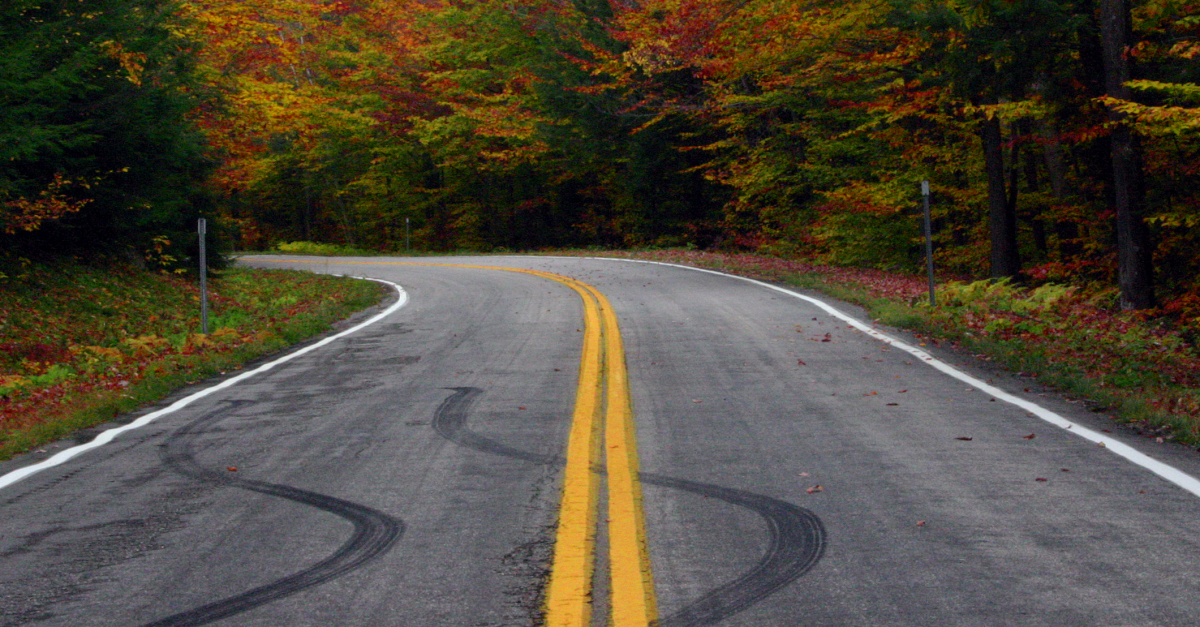
Slick roadways and holiday traffic magnify a driver’s mistakes this time of year. That’s why it’s vital to test your vehicle’s brakes before weather turns foul.
“Something like a vibrating brake pedal is a sign to head over to a service station,” said Tony Molla, vice president of the Automotive Service Association, a Texas-based nonprofit devoted to vehicle maintenance.
Braking is all about friction and that process slowly erodes the brake system itself. Routine maintenance of the shoes, fluid, and hoses keeps the system running smoothly.
Molla urges drivers to trust their gut and to be safe rather than sorry.
“Don’t have to wait until your brake icon lights,” he said. “A routine inspection before winter roots out potential problems.”
Molla said a brake inspection generally includes the following:
- Check the master cylinder. This reservoir beneath the hood stores the brake fluid and needs to be periodically checked for leaks and wear.
- Inspect brake hoses. These hoses carry fluid to and from various braking components. Underperforming hoses create an inefficient stopping system.
- Inspect brake fluid lines. Brakes are a hydraulic system that requires fluid to function. Leaking or damaged brake lines degrade the whole system’s ability to function.
- Look for wear and tear. Friction and heat can wear unevenly on brake parts and contaminate brake fluid.
- Test the parking brake. Ask your service advisor to check the system to make sure it’s working properly. Teaser: Pay heed to that piercing pitch you hear coming from your vehicle’s wheel well. It could become a troublesome visitor this holiday season.
Below is a handy chart to help you see how long it takes a vehicle to stop under ideal conditions. These numbers increase dramatically with slick roads. Due to significantly reduced friction between the tires and road surface, the stopping distances are doubled for stopping distances in rain, and multiplied by 10 for stopping distances on ice.
|
Braking distance 30mph: 45 ft. |
Stopping distance 30mph: 75 feet |
|
Braking distance 40mph: 80 ft. |
Stopping distance 40mph: 120 feet |
|
Braking distance 50mph: 125 ft. |
Stopping distance 50mph: 175 feet |
|
Braking distance 60mph: 180 ft. |
Stopping distance 60mph: 240 feet |
|
Braking distance 70mph: 245 ft. |
Stopping distance 70mph: 315 feet |
Copyright © 2024 by Sensible Driver. All rights reserved.